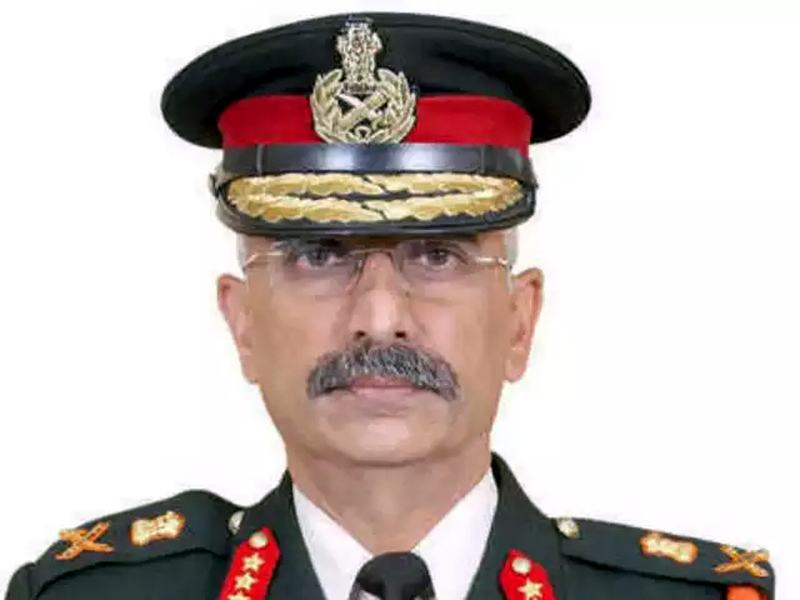NEW DELHI, Mar 4: Apart from strengthening its conventional prowess, India is focusing on a dynamic response along its western and northern borders that is below the threshold of an all-out war, Army chief Gen M M Naravane said today.
India’s Northern border is aligned with China and the western border with Pakistan.
Addressing a seminar on land warfare here, the Army chief said the airstrikes on Balakot demonstrated that if one was skilful, escalation does not always lead to war. Moreover, he noted that the Indian Army was looking to tap blockchain technologies, lasers and directed energy weapons for possible military use.
“On our part, that of the Indian Army, we have analysed carefully the changing character of war within the overall framework of conflict, as relevant to the Indian context,” Gen Naravane said, adding, “The ‘grey zone’ and its varied nuances are receiving our concerted attention.”
“Apart from strengthening our conventional prowess, we are also focusing on dynamic response — actions below the threshold of an all-out war — and are refining our plans and capacities in this regard both, along the western and northern borders,” the Army chief said.
He also said kinetic and non-kinetic responses were being developed to address the threat.
The Army chief pointed out that Chinese dominance in the South China Sea showed small incremental steps — none of them serious enough to warrant any action or reaction — cumulatively achieved the aim without firing a single shot or inviting retaliatory action.
The Chinese way of war, epitomised by thinkers such as Sun Tzu, has given a new lease and life to the concept of “non-contact or grey zone warfare”, where one shed the binary approach to conflict, Naravane said.
He also asserted that the rise of non-state actors such as terrorists demands that victory in war is formulated in a nuanced manner.
“The rise of non-state actors, such as insurgents, terrorists, transnational criminal networks combined with greater focus on individual’s status consequently demands that victory needs to be formulated and achieved in a more nuanced way,” the Army chief noted.
Victory no longer rests on the ability to inflict massive destruction but on the ability to wrestle popular support from one’s opponent, he said.
Terming it a “technological irony, Gen Naravane said the ISIS was far more adept in using social media for devastating effects as compared to the 21st century armies of the US and the UK.
Talking about a new phenomenon of showing military prowess below the threshold of an all-out conflict, he said, “The Houthi rebels attack on Riyadh airport and oil facilities in Saudi Arabia and closer home, the Balakot airstrike saw these short, intense and escalatory cycles of military activity in full media glare, where sophisticated information narratives played an equally important role.”
For years, Indians were told that if and when the International Border (IB) between India and Pakistan is crossed it would escalate to a full-fledged war, the Army chief noted.
“Balakot demonstrated that if you play the escalatory game with skill, military ascendancy can be established in short cycles of conflict that do not necessarily lead to war,” he said.
Naravane said, “We have possibly entered the era of ‘contested equality’, wherein technology will make unequals, equal. Perhaps that is already happening — the battle wining factor in future combat may not be numerical equivalence but technological superiority.”
“Brick and mortar military structures and capacities, will perhaps matter less; technological capacities in enabling domains like AI (artificial intelligence) and cyber will decisively tip the military balance,” he said.
“The Army is embracing low-hang technologies and inducting them with speed into our units and formations.
“The military leveraging of emerging, disruptive domains is also receiving our concerted attention. Capacities in space, cyber and electronic warfare, similarly, are being given a boost. We are also looking at tapping blockchain technologies, lasers and directed energy weapons for possible military use,” he said. (PTI)
Trending Now
E-Paper


